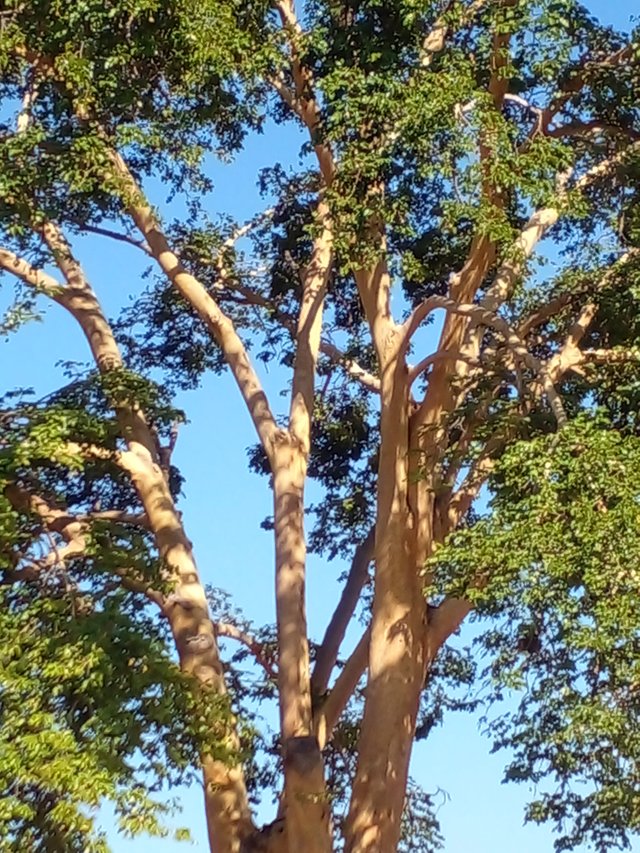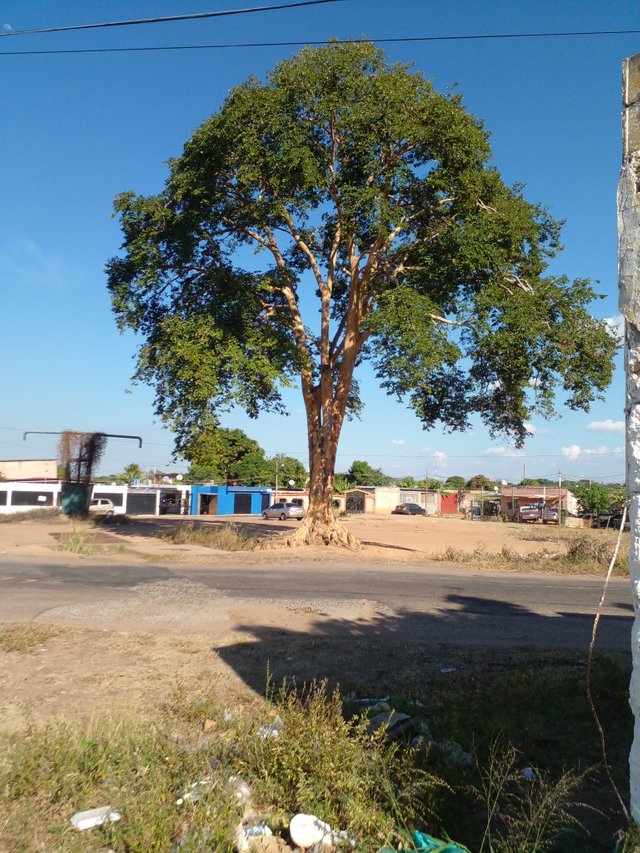Nature in my City – Part 69 // @SkinnyGirl

The Copaiba (Copaifera Officinalis), is also called Palo de Aceite in Puerto Rico, Bolivia, Colombia and Venezuela. It is native to the Amazon basin.
It produces a large amount of hydrocarbons from its wood and leaves.
One tree can produce 30 to 53 liters of hydrocarbons per year, mass producing 10,000 - 12,000 litres/hectare/year, which is unbelievably high.
The main compound in the oil is Copaiba, an oleoresin that is useful in the production of petroleum products such as lacquers and can be used as biodiesel.
The tree is also the main source of copaene, another terpene.
The wood can be burned as firewood or used in carpentry.

Bees use the tree for pollen collection.
The essential oil is laxative, diuretic and stimulant. Used for the treatment of inflammatory processes, hemorrhoids, cystitis and chronic diarrhea.
Due to its balsamic effect it is used against colds and bronchitis. If large doses are taken it is irritating.

| Image | Information |
|---|---|
| Device | Samsung Galaxy A02 |
| Location | Av. República con Av. Principal de Las Flores, Ciudad Bolívar, Venezuela. |
| Photography | @skinnygirl |
| Date | February 10, 2022 |
Translator: Google Translate.


“Hugs in light for all”

Upvoted! Thank you for supporting witness @jswit.

Please check my new project, STEEM.NFT. Thank you!
Thank you very much for your support
I selected this post for a competition.
Hope love you. Thanks.
Thank for your support friend 😉
Thanks.
Hi, @skinnygirl
Please support our team (@alexmove.witness and @steemit-market). We ask you to vote for us as witnesses. We are developing automatic checks for the uniqueness of posts, user ratings and other scripts and activities. We are also preparing a big project - the online shop (sale for STEEM/SBD).
Every day we send double cashback to those who voted for us. Your vote is very important to us!